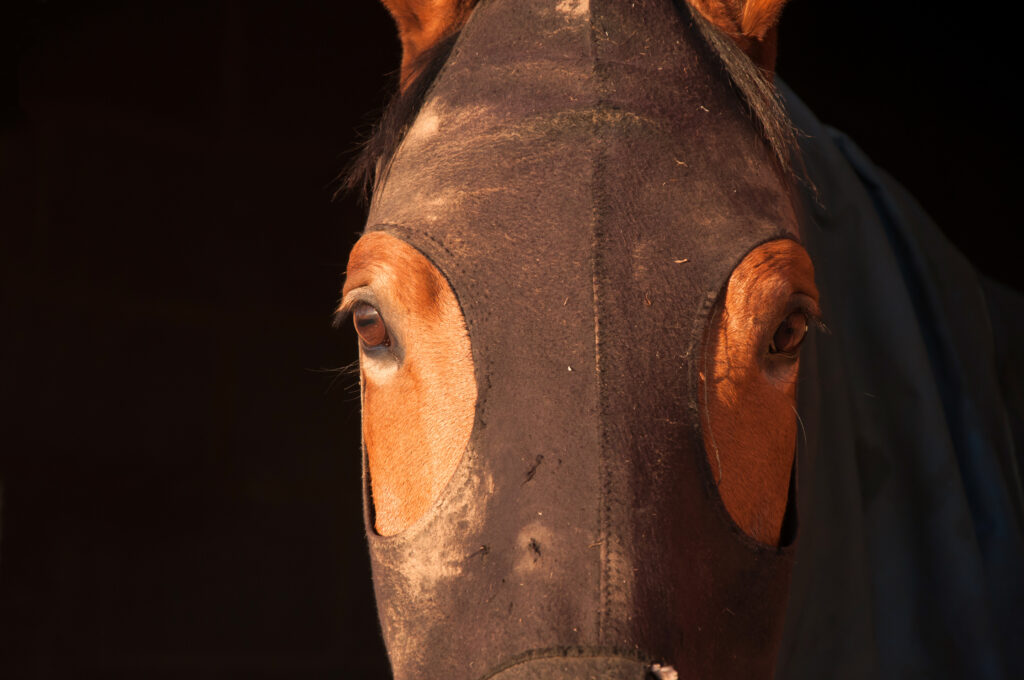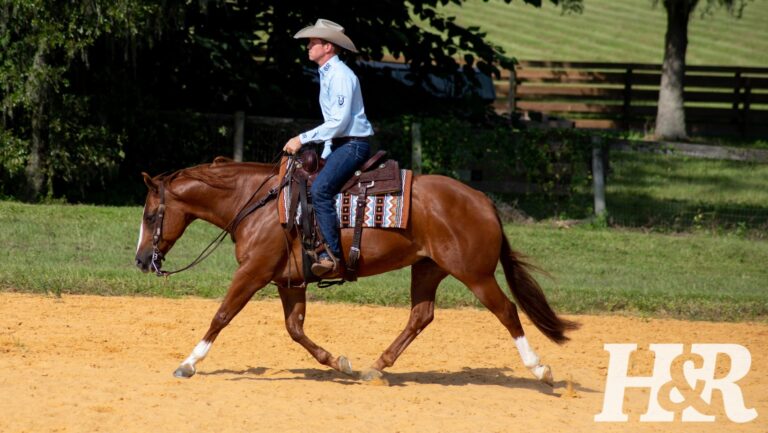A poorly fitting hood can mean rubs, sores, or worse for your horse, despite your good intentions. Luckily, hood expert Glenn Drake, president of Big D Blankets, and sleazy expert Valerie Couch, designer for Sleazy Sleepwear, have some tips about which horses need hoods, how to pick one out and how to fit it on your horse.
Hoods
Why a hood? Show horses can begin wearing hoods when night temperatures begin to drop in late-August or early-September, but the average companion horse does not need to wear a hood, unless living outside in a very cold climate. Horses that are used for working and showing throughout the winter can benefit from a hood that keeps their hair short, which will cut down on a horse’s drying time after a workout.
How should it fit? Many hoods are sized by a corresponding blanket size. Over 90 percent of the time, the size of a horse’s blanket will match up with the needed hood size. A hood should extend 5 or 6 inches over a horse’s blanket, so that when a horse drops his neck to eat, there will still be overlap. The throatlatch of the hood should fit snuggly to prevent the hood from pushing forward over the horse’s ears.
Sleazies
Why a sleazy? Stretch fabric hoods, often referred to as sleazies, are mainly used for show horses. They save time and money, keeping a horse’s mane in place and his hair coat tight and clean. Sleazies can also prevent blanket rubs. Sleazies can be used year-round. Their material is made from the same material as swimwear, so it lets heat escape.

How should it fit? A sleazy should fit snugly, like swimwear over a horse’s head and neck, but not too tight to create a rub. Many sleazies are sized based on your horse’s weight, so use a weight tape to determine your horse’s weight, then match up his weight with the corresponding size. When trying the sleazy on, first make sure your horse’s eyes are in the middle of the eye holes. If the eyes are too far to one direction, the sleazy could rub your horse’s eye when he moves or stretches. Then, make sure his ears are also in the middle of the ear holes. If they aren’t, the sleazy could rub his ears and cause a lot of discomfort. After all four holes are in place, adjust the noseband to keep the sleazy situated.






